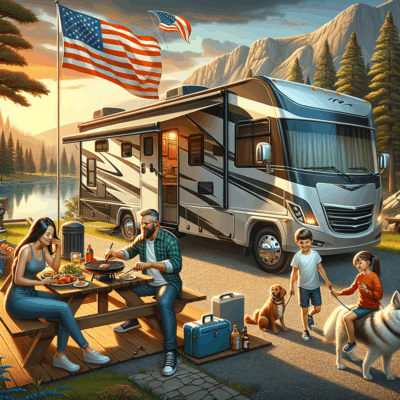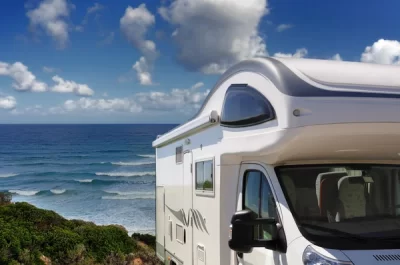The Ultimate Guide to RV Life in the United States
Living and traveling in a recreational vehicle (RV) has become more than just a post-retirement dream. In the past decade, the RV lifestyle has surged in popularity among digital nomads, adventure-seeking families, solo travelers, and couples of all ages. It offers the freedom of the open road, the ability to work remotely, and the joy of exploring America’s natural wonders—all while bringing your home with you.
Why Choose the RV Lifestyle?
RV life isn’t just a vacation—it’s a complete lifestyle shift. Here are some of the reasons people choose to hit the road full-time or seasonally:
- Freedom and Flexibility: No rigid itineraries or hotel bookings. Stay as long or as short as you like in each location.
- Cost Control: While there are upfront costs, RV travel can be significantly cheaper than constant flights and hotel stays.
- Closer to Nature: Wake up in national parks, beside lakes, or in the mountains—your front yard changes daily.
- Work-from-Anywhere: Mobile internet technology now allows remote workers to stay connected wherever they park.
Types of RVs and Choosing the Right One
| RV Type | Size | Best For | Pros | Cons |
|---|---|---|---|---|
| Class A Motorhome | 30–45 ft | Luxury travel | Spacious, high-end amenities | Expensive, harder to drive |
| Class B (Campervan) | 18–24 ft | Solo travelers, couples | Easy to maneuver, good fuel efficiency | Limited space |
| Class C Motorhome | 20–33 ft | Families | Overhead bed, decent living space | Fuel cost, can be bulky |
| Travel Trailer | 12–35 ft | Varied travelers with tow vehicle | Detachable, flexible tow options | Requires a suitable towing vehicle |
| Fifth Wheel | 25–45 ft | Full-time RVers | Home-like space, stable towing | Needs large truck to tow |
Essential Gear for Full-Time RV Life
Living comfortably on the road requires some key equipment. Here are must-have items:
- Solar panels or generator (for off-grid living)
- Portable Wi-Fi hotspot and signal booster
- Compost or portable toilet (for boondocking)
- Leveling blocks and chocks
- Water filter and hose set
- Tool kit for minor repairs
Planning Your Route: Flexibility Meets Strategy
One of the joys of RV life is waking up in a new place every few days—but planning helps make the journey smooth. Apps like Campendium, iOverlander, and AllStays help you find RV parks, dump stations, or free camping areas (boondocking). If your journey includes cities or areas with tight parking, consider supplementing your travels with cheap car rentals for day trips. Renting a compact car for city exploration can save fuel and reduce the stress of navigating narrow urban streets in a large rig.
Living Costs: What to Expect
Your monthly budget will depend on travel pace, gas prices, campsite choices, and dining habits. Here’s a rough estimate for a couple living full-time in an RV:
| Category | Estimated Monthly Cost (USD) |
|---|---|
| Fuel | $300–600 |
| Campgrounds (free to full-hookup) | $0–$900 |
| Groceries & Dining | $400–800 |
| Insurance & Maintenance | $150–300 |
| Internet & Entertainment | $80–150 |
Tips for Beginners
- Start small: Rent before you buy to test what size and layout suit you best.
- Learn basic maintenance: Simple tasks like checking tire pressure and fixing leaks save time and money.
- Join online communities: Reddit’s r/GoRVing or Facebook groups are great for advice and route planning.
- Stay flexible: Weather, road closures, or mechanical issues happen—embrace the detours!
Conclusion
RV living isn’t just about seeing more places—it’s about redefining home, time, and priorities. Whether you’re working remotely from the shores of Lake Tahoe, camping under the stars in Utah’s desert, or using cheap car rentals to explore a city without moving your rig, the road is full of possibilities. The RV lifestyle invites you to slow down, explore intentionally, and live with more freedom. So gas up, plan a loose route, and let the adventure begin.







